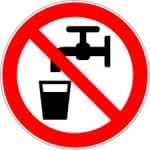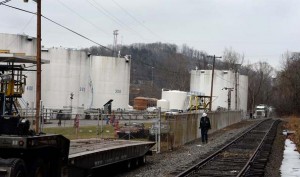Over time, the need for robust emergency response planning has become increasingly apparent. Whether because of the frequency and severity of natural disasters or the ever-present threat of man-made incidents, the impacts these emergencies can have on public health, safety, and the environment have become impossible to ignore.
In light of these challenges, the importance of having a robust emergency response plan (ERP) and training has become increasingly evident, serving as not only a critical tool in safeguarding our water supply and quality but also in safeguarding the lives of those we serve, physical property, and our environment.
The WHAT
An ERP is exactly what it sounds like: a plan to use in an emergency. More specifically, it’s a thoroughly researched and meticulously created manual of strategies, plans, and resources to use in the case of a crisis or incident. An ERP is a powerful tool that allows water utilities to mitigate incidents, both man-made and natural, such as main breaks, localized floods, hurricanes, system contamination, and essentially any incident that can threaten life, property, and the environment.
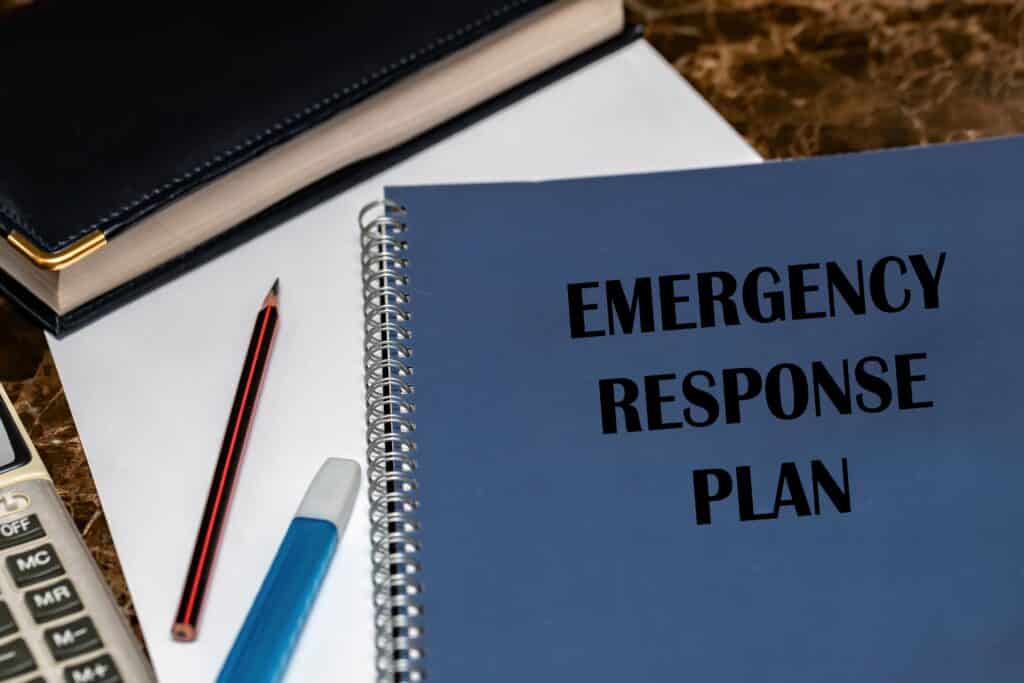
ERPs are such powerful and critical tools that the United States Environmental Protection Agency (EPA) mandates them for all public water suppliers that serve populations of more than 3,300, in accordance with America’s Water Infrastructure Act of 2018.
An ERP typically includes, but is not limited to, the following:
- Utility information, such as personnel information, utility overview, key local services, etc.
- Communication strategies on how best to notify the public and stakeholders
- Contingency plans for alternative water sources, if needed
- Distribution methods
- Detection strategies, and more
The WHO
Now that we’ve covered what a water utility ERP is, it’s time to cover who it’s for — and that really encompasses a range of various people and roles. It may seem obvious, but ERPs are primarily for, well, us. You and me. Our neighbors and community. They’re for anyone and everyone, as any incident doesn’t just affect one person or utility department; it affects us all.
First and foremost on the training roll call are the management and operational staff of the water utility. They are the ones on the battlefield frontlines, ready to take on whatever obstacles stand between them and their service. From there, it’s the local government officials and agencies that are responsible for water management, as the role they play is pivotal in coordinating resources and providing support.
 Emergency response teams are also involved since they are equipped with specialized skills and equipment and are trained to mobilize swiftly and efficiently in the face of an emergency. Regulatory bodies are also involved, as they are the ones ensuring compliance with safety standards and can even provide guidance throughout the process.
Emergency response teams are also involved since they are equipped with specialized skills and equipment and are trained to mobilize swiftly and efficiently in the face of an emergency. Regulatory bodies are also involved, as they are the ones ensuring compliance with safety standards and can even provide guidance throughout the process.
Combined, all of these stakeholders play a critical role in forming a comprehensive network that is essential for safeguarding water supply systems and protecting public health during emergencies.
The WHEN
ERPs are designed for us whenever an emergency situation affects water supply or quality. In order for ERPs to be effective and up-to-date, they need to be consistently and meticulously updated and reviewed. In some parts of the United States, it’s mandatory for all water utility employees to complete a minimum of ten hours of ERP training annually. By being prepared to act at a moment’s notice, water utilities can minimize the impact of emergencies, protect public health, and maintain the resilience of their infrastructure.
Before suppliers that service communities of more than 3,300 people can even submit their ERPs, they must file theirrisk and resilience assessment (RRA). An RRA evaluates the utility’s vulnerabilities, threats, and foreseen consequences from potential risks and precedes the ERP. Once the RRA is filed, the utility then has six months to file their ERP with the EPA. After that, they must submit recertification every five years.
Of note: since PWSs serving over 3,300 people were required to complete their RRAs and ERPs in 2020-2021 in accordance with America’s Water Infrastructure Act of 2018, they are due for their five-year renewal in the coming year or two. This means that the WHEN for these PWSs is imminent and these utilities should be working on their RRAs and ERPs now in order to meet the submittal deadline.
The WHERE
ERP training, specifically, can take place in various settings, ranging from traditional classroom environments to virtual sessions. Depending on the scope and size of the utility operations and the geographical area they serve, training can be completed onsite by internal trainers or outsourced to external consultants with expertise in ERP systems.
For where you can find more information, visit the EPA website. They have a plethora of resources where water utilities can find information pertaining to RRA and ERP filing schedules, how to certify their RRAs and ERPs, compliance information, and even an ERP template for both drinking water and wastewater utilities.
The WHY
By now, the “why” is pretty clear: to ensure the safety, accessibility, and consistency of our water supplies and to protect public health. An ERP allows water utilities to explore vulnerabilities, make critical improvements, and establish emergency protocols that can ensure the safety and continuity of our water supply, protect public health, minimize property and environmental damage, and lessen liability.
The HOW
As we know, ERPs are a compilation of strategies, plans, and resources for water utilities to use in an emergency. But where do you start?
- A preliminary assessment of the utility’s needs, processes, objectives, and goals, as well as potential weaknesses or vulnerabilities. For example, a utility that services a coastal town may view hurricanes as a significant risk, so that must be taken into consideration.
- Regulatory mandates vary from state to state and must comply with the EPA, requiring consultation from those regulatory bodies we mentioned earlier. Complying with the proper regulations can not only streamline the ERP process but also ensure the safety and well-being of individuals, communities, and the environment.
- In addition to bringing in those regulatory bodies, the utility must collaborate with other emergency response plans and teams in their community to create a symbiotic relationship. When an emergency arises, time is of the essence, so everyone involved needs to be on the same page and have clear action items.
- This coordination also extends to other important stakeholders, like local government officials and agencies, as they can greatly assist in collecting resources and expertise and providing communication channels.
- Once the above steps are completed, the training programs are then meticulously crafted and delivered to not only equip employees with the knowledge and skills needed to effectively utilize the ERP system in their day-to-day operations, but also to create a culture of continuous improvement. This culture is key to driving optimization and innovation within the ERP environment, further enabling water utilities to adapt to evolving needs and industry standards effectively.
Conclusion
ERPs and robust training both play pivotal roles in providing organizations with the knowledge and skills necessary to navigate the complexities of modern-day emergencies. By investing in comprehensive training initiatives, utilities can empower their employees to harness the full potential of ERP systems, paving the way for a safer, more resilient future.
Have questions on ERP implementation? Reach out to us today — our team has expertise in ERP training and would be happy to answer your questions.


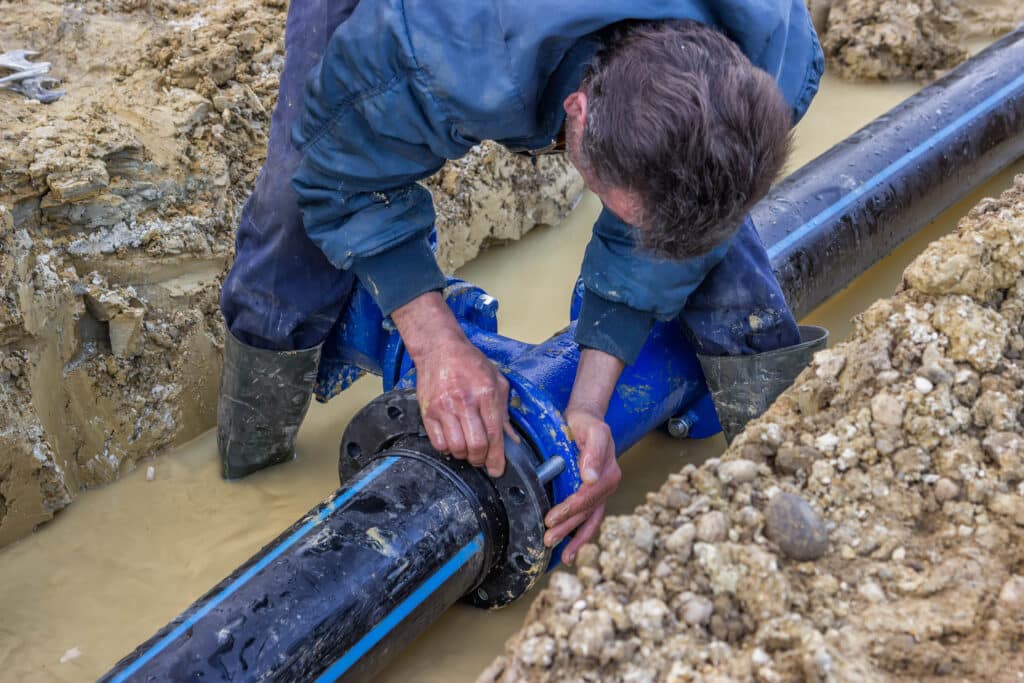

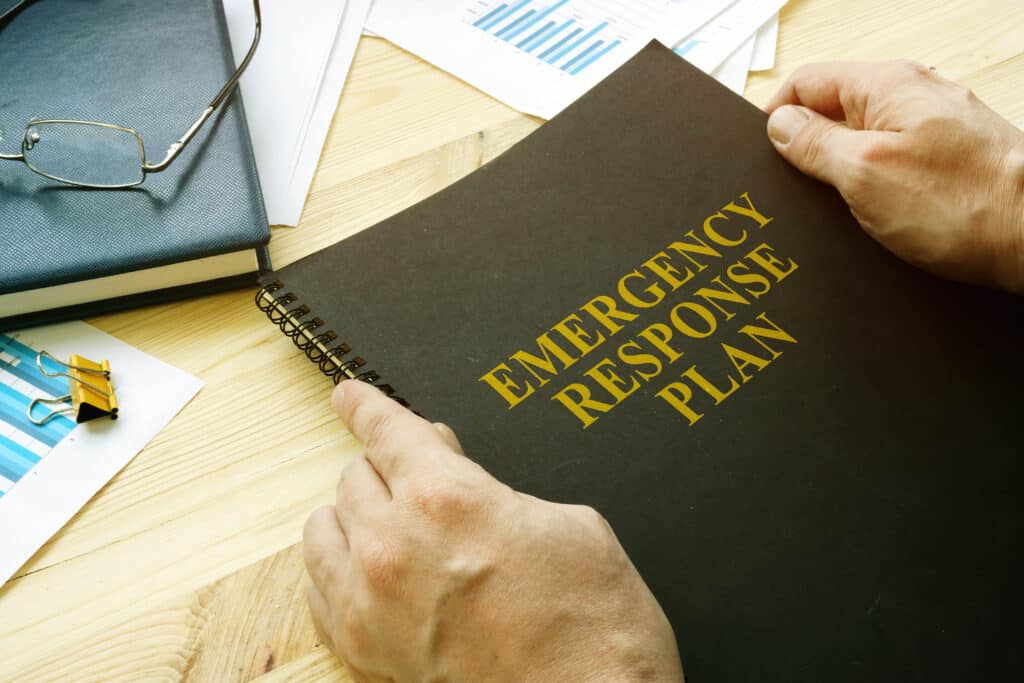

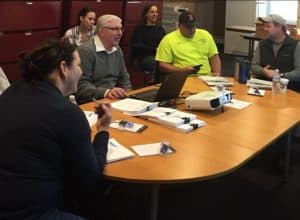
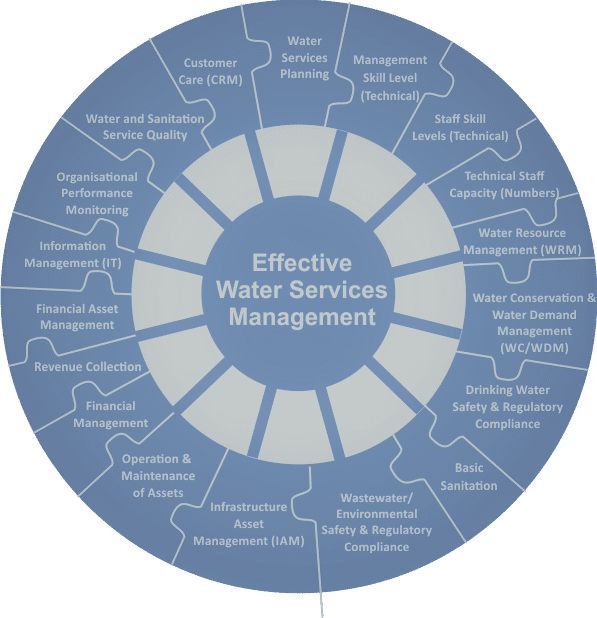 Emergency Response Plans (ERPs) are mandatory for all public water suppliers, and a minimum of 10 hours of Emergency Response Training is required. ERP training is a process that helps water system managers and staff explore vulnerabilities, make improvements, and establish procedures to follow during an emergency. Preparing and practicing an ERP can save lives, prevent illness, enhance system security, minimize property damage, and lessen liability.
Emergency Response Plans (ERPs) are mandatory for all public water suppliers, and a minimum of 10 hours of Emergency Response Training is required. ERP training is a process that helps water system managers and staff explore vulnerabilities, make improvements, and establish procedures to follow during an emergency. Preparing and practicing an ERP can save lives, prevent illness, enhance system security, minimize property damage, and lessen liability.